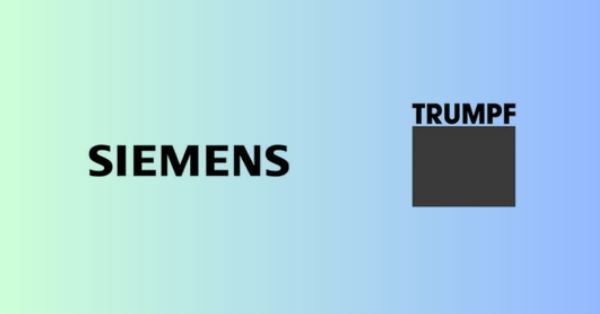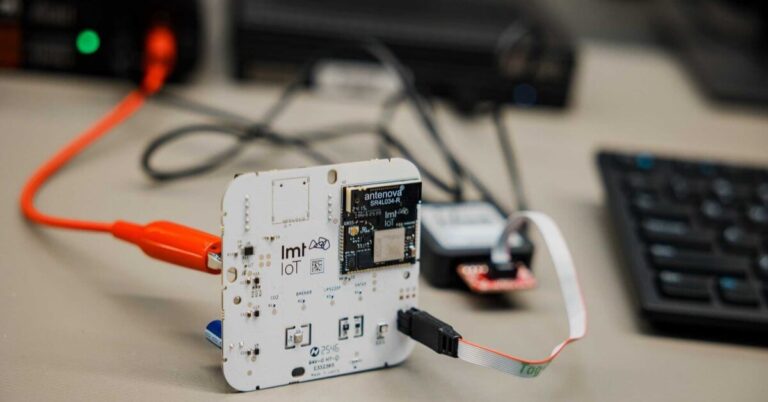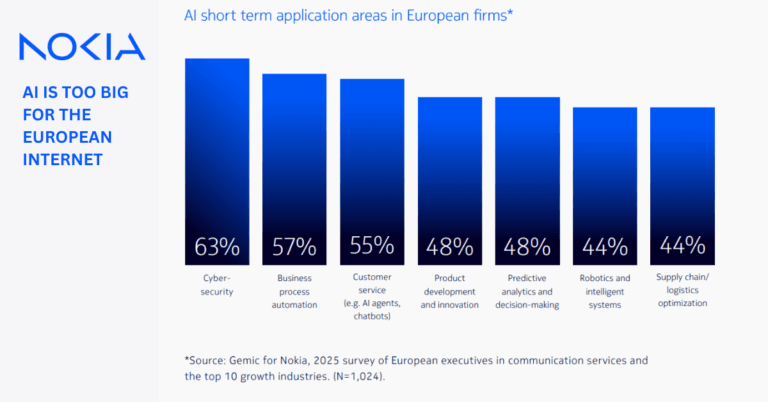Siemens and TRUMPF unify IT/OT for AI-ready manufacturing
Siemens and TRUMPF are aligning digital platforms and machine-tool expertise to tackle the long-standing integration gap between enterprise IT and shop-floor OT—laying groundwork for AI-enabled, software-defined manufacturing.
Open interfaces for IT/OT convergence
The partnership centers on open, interoperable interfaces that connect CNCs, robots, sensors, and enterprise systems without brittle, bespoke integrations. Siemens brings its Xcelerator portfolio spanning product lifecycle management, low-code, industrial edge, and automation software; TRUMPF adds deep machine-building know-how and factory software. Together, the companies aim to standardize how production data is modeled, shared, and acted upon so decisions move from batch to near real time, enabling closed-loop optimization across planning, execution, and quality.
Digital twins and virtual commissioning for motion control
By supporting virtual development and simulation-first workflows, the collaboration targets faster commissioning of complex motion systems and fewer production interruptions. Digital twins of machines and lines—paired with standardized interfaces—let teams test control logic, validate process changes, and train AI models before they hit the floor. That reduces integration risk, compresses engineering cycles, and accelerates time-to-value for new product introductions.
Scalable European industrial AI strategy
This is also a scale story. Siemens’ global software and automation footprint provides a platform for repeatable deployment, while TRUMPF’s leadership in machine tools and lasers keeps the focus on production-grade reliability. The companies are positioning their combined ecosystem as a credible path to “AI readiness” for motion-centric operations where latency, determinism, and safety are non-negotiable.
Architecture and technologies for AI-ready factories
The initiative leans on modular automation, standardized data models, and edge-to-cloud data pipelines designed for AI at the point of work.
OPC UA, MQTT, and standard models for interoperability
Expect alignment with de facto and formal standards that manufacturers already use to de-risk integration: OPC UA as a common data layer, machine-tool profiles from initiatives like umati, and protocols such as MQTT for lightweight publish/subscribe telemetry. Standard mappings into PLM/MES/ERP reduce custom code, while asset models compatible with Asset Administration Shell help preserve a digital thread from design to service.
Modular automation and unified control systems
Modularity means decoupling cells and machines via well-defined APIs so changes in one area do not ripple across the plant. A unified system view—spanning engineering tools, runtime control, and analytics—supports reconfigurable lines, robot integration, vision systems, and automated part handling. For buyers, this translates to lower engineering overhead, easier multi-vendor adoption, and more predictable lifecycle costs.
Industrial data fabric and edge AI
AI for motion control, quality, and maintenance works best when inference runs close to machines. An edge-first data fabric can normalize time-series, vision, and event data for low-latency decisions, while cloud services handle training and fleet-scale analytics. Deterministic connectivity via Time-Sensitive Networking (TSN) on Ethernet and mobility via private 5G enhance reliability for autonomous material handling, mobile robotics, and high-resolution inspection streams.
Business outcomes and KPIs for smart manufacturing
The collaboration targets measurable improvements across engineering speed, operational efficiency, and AI deployment readiness.
Accelerate time-to-market and cut engineering costs
Virtual commissioning and standard interfaces cut design-test-iterate loops, helping teams reach production sooner. KPIs: reduction in commissioning time, fewer change orders, higher software reuse across lines, and shorter mean time to integrate new equipment.
Flexible, vendor-neutral operations at scale
Plants gain the ability to reconfigure cells, add robots or vision, and plug in third-party equipment without re-architecting the stack. KPIs: time to retool for new SKUs, percentage of equipment integrated via standard protocols, and ratio of no-code/low-code changes versus custom development.
AI readiness for motion control and quality
Consistent, contextualized data with well-defined interfaces accelerates deployment of AI for anomaly detection, path optimization, and inline inspection. KPIs: model deployment frequency, inference latency at the edge, false-positive/negative rates in quality detection, and unplanned downtime reduction from predictive maintenance.
Positioning in the Industry 4.0 landscape
The move aligns with a broader shift toward software-defined manufacturing, where openness and digital twins are becoming table stakes.
Competitive landscape and differentiation
Rockwell Automation (with PTC), Schneider Electric (EcoStruxure), and Bosch Rexroth (ctrlX) all push modularity and app-centric control. Siemens–TRUMPF differentiate by pairing a full-stack engineering platform with deep machine-tool domain expertise and by emphasizing interoperable interfaces for motion-centric use cases. For buyers, the litmus test is cross-vendor plug-and-play and proof of reduced integration effort—not slideware interoperability.
Security and governance foundations (IEC 62443, zero trust)
As connectivity expands, adherence to IEC 62443 and zero-trust principles becomes essential. Built-in identity, policy-based access, and secure software supply chains must accompany open interfaces. Data governance—covering lineage, retention, and IP protection—will decide whether AI pilots scale beyond a single site.
Next steps for AI-ready manufacturing
Use this partnership as a catalyst to set a practical roadmap for interoperable, AI-ready manufacturing.
Audit interoperability, data models, and connectivity
Inventory machine connectivity, protocol coverage (OPC UA, MQTT), data models, and edge gateways. Prioritize retrofits that deliver high-value data with minimal downtime. Establish a canonical data schema and metadata strategy that feeds PLM, MES, and analytics consistently.
Pilot digital twins with AI-in-the-loop
Select a representative cell (robot + vision + CNC), build its digital twin, and virtualize commissioning flows. Add a targeted AI use case—e.g., anomaly detection on spindle or weld quality—with clear success metrics and an MLOps plan for monitoring and retraining.
Build a secure, deterministic connectivity backbone
Adopt TSN for deterministic control networks and deploy private 5G to support mobile assets and high-throughput inspection. Implement identity-based access and software bill of materials (SBOM) processes across OT to reduce cyber risk as interfaces open up.
Risks, skills, and open questions for scale
Interoperability at scale is as much about governance and skills as it is about technology.
Manage lifecycle integration and reduce vendor lock-in
Open interfaces reduce lock-in, but integration across design, execution, and service still spans multiple vendors. Clarify data ownership, exit terms, and API portability upfront. Validate that digital twins and models remain usable if you change equipment or software providers.
Skills, change management, and staged ROI
Virtual engineering, edge AI, and secure OT networking require new capabilities. Invest in upskilling and a product-oriented operating model on the shop floor. Stage ROI expectations: quick wins from virtual commissioning and standardized data first; larger gains from closed-loop AI and reconfigurable production over subsequent releases.








































